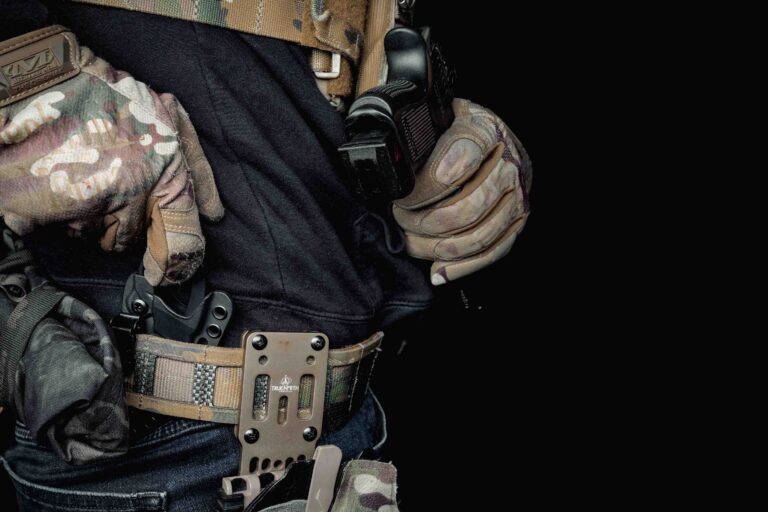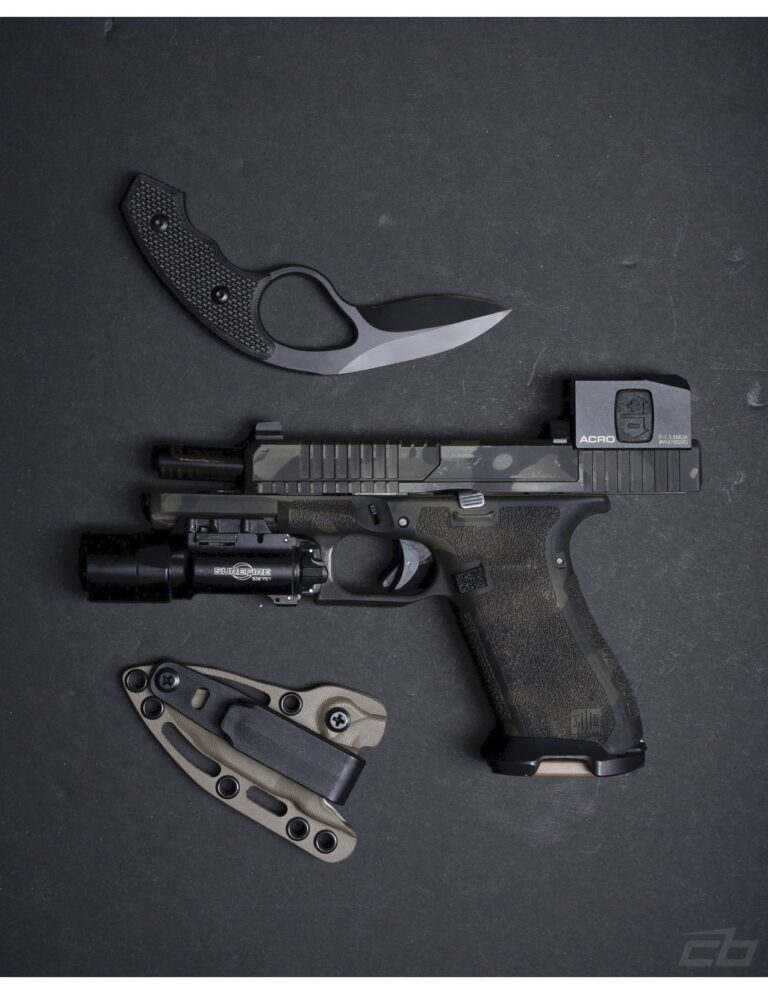The pry bar has been around for centuries. It’s one of those simple tools that just works. Need to pull a nail? Pop open a crate? Wedge something loose? Grab a pry bar. From old-school blacksmiths to today’s construction pros, pry bars have been trusted in the hands of hard workers everywhere.
But even with a tool this classic, there’s always room to make it better.
A Quick Look Back at Pry Bars
Way back in the day, the earliest versions of pry bars were nothing more than bent pieces of iron. People needed a way to lift, pull, or pry things apart without breaking them—or themselves.
Over time, those basic designs got smarter:
- Gooseneck pry bars became common for their curved ends, perfect for pulling nails and wedging into tight spaces.
- Flat pry bars offered slim profiles that could slip under just about anything.
- Wrecking bars brought the strength for heavy-duty demolition jobs.
Each type had its own job, but one thing stayed the same: they had to be tough, easy to handle, and up for anything.
These bars made their way into toolboxes in homes, job sites, and tactical setups. Soldiers, firefighters, mechanics, and handymen all leaned on them. They were that one trusty tool you could always count on.
What Makes a Pry Bar Great?
No matter what kind of pry bar you grab, a few things always matter:
- Strength: A pry bar should take a beating without bending or snapping. If it can’t handle pressure, it’s just dead weight.
- Grip: If it slips out of your hand while you’re using it, it’s not helping. A good pry bar needs grip you can trust—wet, dry, gloved, or bare-handed.
- Leverage: This is the power behind the pry. The longer the bar (and the smarter the design), the more force you can apply with less effort.
- Versatility: It should be able to do more than one thing. Pulling, wedging, opening, twisting, hammering—why carry five tools when one will do the job?
These qualities separate the throwaway bars from the ones you keep for life.
Types of Pry Bars (And Why They Matter)
Let’s get a little deeper into the different types of pry bars and why they were made the way they were.
- Gooseneck Pry Bar: This one’s got a curved end that looks a bit like a bird’s neck—hence the name. That curve makes it great for yanking nails, especially in tight spots.
- Flat Pry Bar (aka Wonder Bar): Thin and wide, this one slips under things like trim, flooring, or tiles without doing too much damage. It’s a must-have for remodeling work.
- Rolling Head Pry Bar: With a rounded, hook-like end, this one’s a favorite in auto shops. It lets you maneuver parts and apply pressure from awkward angles.
- Wrecking Bar: The big dog of the group. Heavy, strong, and designed for breaking down walls, busting pallets, and handling heavy demolition.
- Mini Pry Bar: Small but mighty. These are great for everyday carry (EDC), gear kits, or compact workspaces. Don’t let the size fool you—they pack a punch.
Each type solves a specific problem. But even the best ones can get better.
Why Mess With a Good Thing?
If it isn’t broken, don’t fix it, right? That might work for some things. But tools? Tools should evolve.
Why?
Because jobs change. Gear changes. The way we move and work has shifted. A modern craftsman, soldier, or tradesperson has different needs than someone did 100 years ago. They need tools that keep up.
Some older pry bars are:
- Too bulky to carry
- Made from materials that rust or break
- Not built with modern ergonomics in mind
- One-use only when they could easily do more
Today’s users need smarter solutions. And that means it’s time for the pry bar to level up.
What Makes a Modern Pry Bar Stand Out?
Modern pry bars are no longer just pieces of metal. They’re purpose-built, finely crafted tools designed to perform under pressure.
Here’s what sets them apart:
- Advanced materials: Think titanium or heat-treated steel for max strength without unnecessary weight.
- Compact size: Many professionals and EDC fans want a pry bar they can clip to their pocket, toss in a bag, or strap to gear.
- Multi-use features: Bottle openers, wrench slots, glass breakers, or cutters built into one compact tool.
- Ergonomic design: A tool that feels good in your hand can help you work faster and safer.
- Tactical styling: Sleek, matte finishes and low-profile builds that don’t stand out too much—but always get the job done.
Modern pry bars are tools for people who care about every ounce of gear they carry.
Built for More Than Just Jobs
Sure, a pry bar pulls nails and opens crates. But the right pry bar can do so much more:
- Urban survival: Great for quick breaching, breaking glass, or defensive use.
- Tactical setups: Easy to stow, fast to deploy.
- Outdoor adventure: From building shelters to fixing gear, it’s a camper’s best friend.
- Emergency response: When speed matters, a compact, tough pry bar is a must.
Your gear should match your mindset. Strong. Smart. Ready for anything.
A Better Tool for Today’s World
Let’s be real: not all pry bars are made equal.
Some are mass-produced with little thought. They bend, break, or rust. Others do one job well and fail at the rest.
At Colonel Blades, we think tools should be more than that. They should earn their spot in your kit. They should feel good in your hand, survive the field, and be worth every inch of space they take.
Our pry bars aren’t oversized or underpowered. They’re dialed-in for today’s real-world demands.
Time to Upgrade? We Think So.
Whether you’re in the middle of a job, heading out on patrol, or just like knowing you’ve got the right gear, a better pry bar makes a big difference.
Think about it:
- How often do you use a tool that wasn’t quite right for the job?
- How much time have you lost trying to make do?
- How much better would it be to have one tool that just… works?
A smarter pry bar saves time, energy, and frustration. And when it matters most, that makes all the difference.
What is a pry bar used for?
Pry bars are used for pulling nails, opening crates, separating materials, lifting heavy objects slightly, and providing leverage during demolition or repairs. They’re one of the most useful tools on the job site or in everyday kits.
What’s the difference between a crowbar and a pry bar?
While both are leverage tools, a crowbar is usually larger and heavier, often with a single curved end, making it great for demolition. A pry bar is typically smaller, flatter, and more precise—perfect for tighter spaces and everyday tasks.
What is the difference between a pry bar and a ripping bar?
A ripping bar is specifically made for tearing apart framing, flooring, and large materials. It’s usually straight and heavy-duty. Pry bars, on the other hand, come in more shapes and sizes and offer more versatility across different types of work.
Why do people carry pry bars?
People carry pry bars because they’re small, strong, and incredibly useful. Whether for quick fixes, emergencies, or tactical needs, having one close means you’re ready for whatever comes your way.
Let’s Wrap It Up (With a Call to Action)
The pry bar has come a long way. From iron rods to next-gen tactical gear, it’s grown with us. But the evolution isn’t over.
At Colonel Blades, we’re pushing the pry bar further. Stronger. Lighter. Smarter.
Because when your tools are better, you can be better too.
Ready to upgrade your pry bar game?
Choose smarter tools. Choose Colonel Blades.


